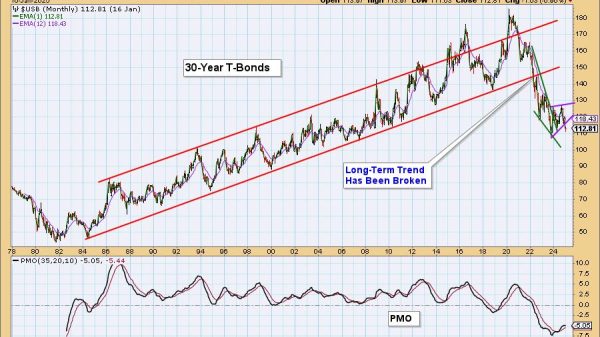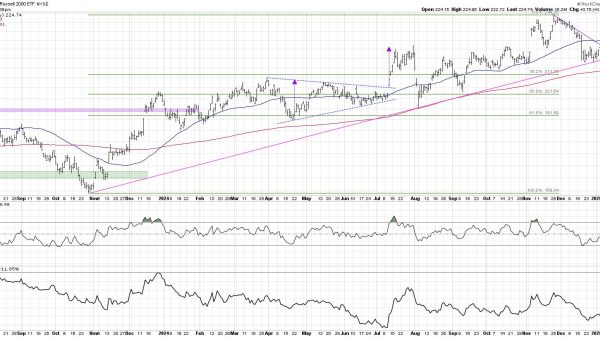The eurozone economic figures show the risk of stagflation, and the short-term impact is clear in Germany and France, but it extends to the rest of the countries.
Why has the eurozone lagged the United States and other developed economies in recent years? The enormous stimulus packages, including the 2009 Growth and Job Plan, the Juncker Plan, the New Green Deal, and the Europe Next Generation, are proving that central planning only delivers poor growth, elevated debt, and now high inflation.
The ECB’s latest figures show that monetary aggregates are starting to moderate, but inflation remains high and, in the latest print, is rising.
Consensus estimates of GDP growth in 2023 stand at 0.6% with inflation above 5%, according to Bloomberg, and it is important to remember that core inflation continues to be three times higher than the target of price stability.
Lagarde’s inflation messages seem clear, but the ECB’s target must be met. and interest rate increases are here to stay, although the market estimates that the ECB will start lowering interest rates by 2024. The problem is that the eurozone is only betting on rate hikes to moderate inflation, while governments continue to spend billions of euros on so-called Next Generation Funds and deficits that mean more inflation or taxes in the future.
We should not be surprised that credit in the eurozone is falling along with monetary aggregates. The entire burden of monetary normalization is falling on the productive sector, families, and businesses, while many governments continue to increase deficit spending.
The figures for growth in the eurozone are very poor, but they are even worse when we take into account that Ireland’s progress, as shown by Eurostat, almost entirely explains the most recent upward revision. What does the eurozone do? Instead of incentivizing the economic freedom model, it subsidizes the intervened ones.
The economy is expected to grow slightly in 2023, plagued by high inflation, rising interest rates, and lower exports. The Next Generation funds have no discernible marginal or multiplier effect.
The weak state of manufacturing and service indices confirms this fear. PMIs show a widespread negative trend in new orders and investment.
Hiking rates is not enough when the ECB’s balance sheet is 52% of GDP. Harmonized inflation fell to 5.3% in July from 5.5% in June, due to the base effect and the decline in commodities. However, commodities have been bouncing since May, when the market started discounting the end of rate hikes.
We cannot ignore the fact that the data on eurozone inflation expectations is rising.
The ECB raised its benchmark interest rate to 4.25% from 4.00%, a cumulative increase since July 2022 of 425 basis points. I believe it will end in 2023 at 4.43% and in 2024 at 3.68%, but without finishing the inflation battle.
Despite trillions in deficit and growth central plans, the eurozone faces an environment of poor growth and high inflation with strong headwinds, led by an increase in energy costs and the lagging effect that rising rates can generate, as interest rate increases do not show their full effect on the economy until 12–18 months after they are completed, according to the ECB’s estimates.
We would also remember the EU’s technological problems. While the US and China are leading global technological advances, it seems that the European Union has lagged in growth and investment, but above all in patents and technology companies. The EU does not have technology giants that can challenge the global leaders, and one of the factors that worries us most is the very high level of taxation. It works against the opportunities for creating world-class tech giants.
According to the European Commission itself, taxation in Europe remains at a very high level for capital (27.8%) and labor (21%), two key factors for the development of technology companies. Such high taxation jeopardizes innovation, the attraction of investment, and the improvement of human capital.
If there is a lesson for the United States and the rest of the world, it is that massive central planning does not deliver growth and that governments do not lead economic development and innovation. The eurozone would benefit from a supply-side, bottom-up approach to the economy. Unfortunately, it is doubling down on central planning.























